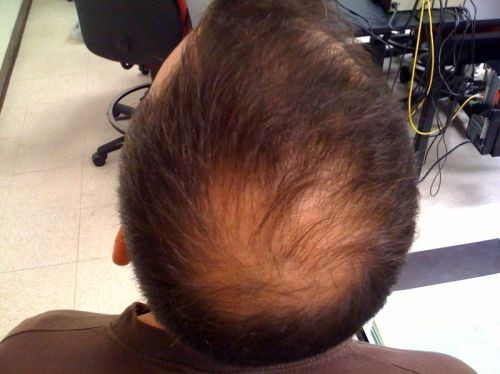A Cure for Male Pattern Baldness? Not Yet, but Trigger for Hair Growth Found

Researchers have found a source of signals that trigger hair growth, which could lead to breakthroughs in new treatments for baldness.
The research identified stem cells within the skin's fatty layer and showed that molecular signals from these cells were necessary to encourage hair growth in mice, according to research published in the journal Cell.
"If we can get these fat cells in the skin to talk to the dormant stem cells at the base of hair follicles, we might be able to get hair to grow again," said Valerie Horsley, assistant professor of molecular, cellular and developmental biology and senior author of the paper.
Alopecia commonly known as male pattern baldness is a hormonal and genetic precondition. It follows a pattern of a receding hair line and hair thinning. Baldness occurs when the hair follicle shrinks over time until no new hair grows. It is a frequent cause of hair loss in both men and women, but more so in men. Alopecia affects an estimated 35 million men in the United States, according to the National Institutes of Health.
Men with male pattern baldness still have stem cells in follicle roots, but these stem cells lose the ability to jump-start hair regeneration. Previous studies have shown that for hair to grow, hair follicle stem cells need signals from within the skin. Research had been unclear about the source of the signal.
Yale Researchers observed that when hair dies, the layer of fat in the scalp shrinks. Conversely, hair growth begins when the fat layer expands a process called adipogenesis. The specific type of stem cell involved in the creation of new fat cells - adipose precursor cells- was required for hair regeneration in mice.
Researchers found that these cells produce molecules called platelet derived growth factors (PDGF), which are necessary to produce hair growth.
Currently Horsley's lab is trying to identify other signals produced by adipose precursor stem cells that may play a role in regulation hair growth.
The aim is to learn whether these same signals are required for human hair growth.
Published by Medicaldaily.com



























